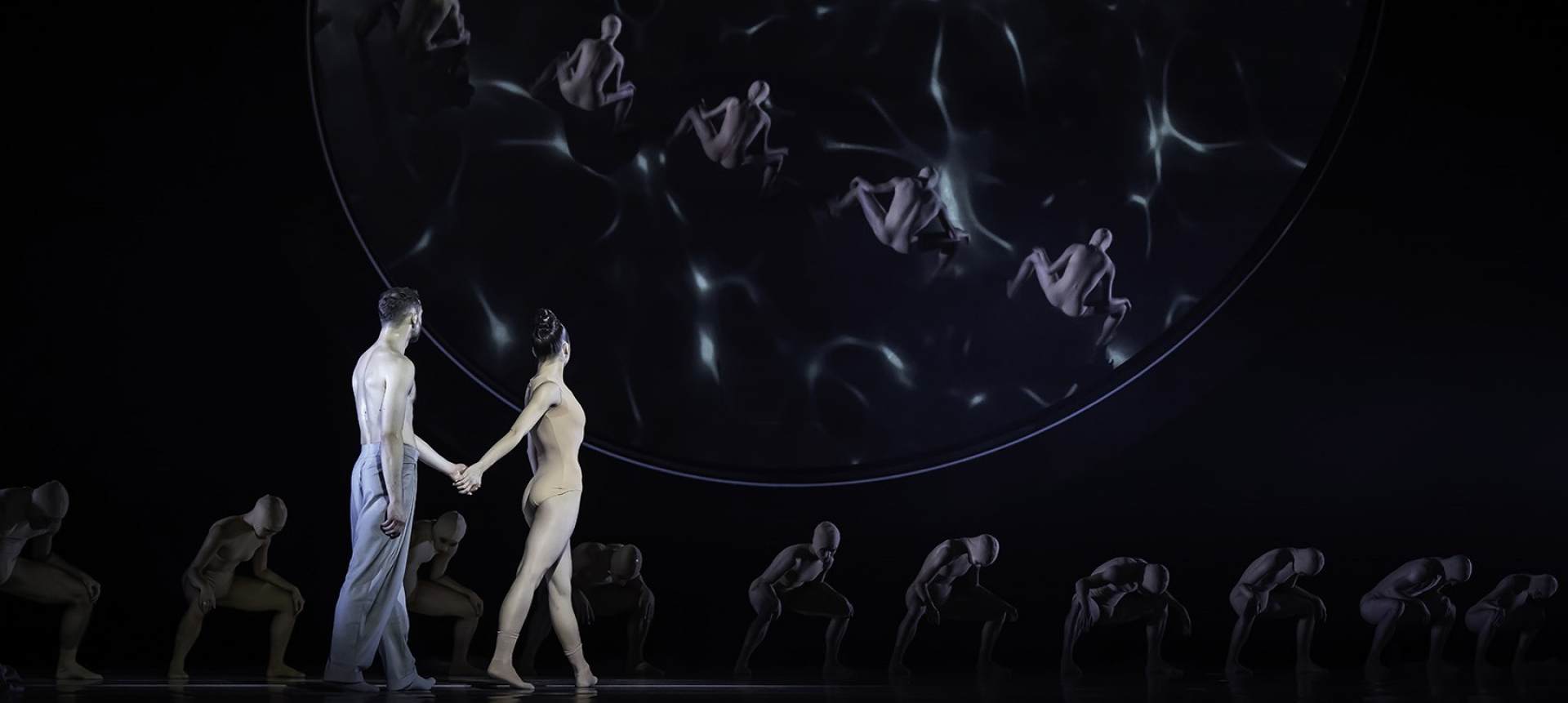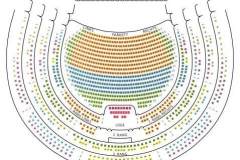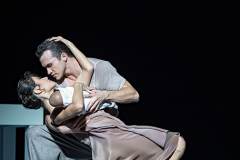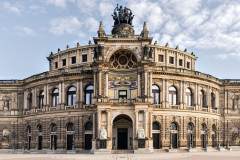Swan Lake
Mo | Tu | We | Th | Fr | Sa | Su |
Swan Lake
Ballet in two acts
The search for personal freedom, respect and acceptance.
Storyline
Prologue
A deity bestows the gift of transforming into swans upon selected souls.
Act I
Queen Zoe, who with the help of a magic veil can turn into a swan, is unhappy in her marriage with King Zeno. One day Benno, a guest, arrives at their castle. He and the Queen take a liking to each other. However, the King catches them and has Benno arrested. Theo, Zoe‘s confidant, helps him escape and tells him that he can find his beloved at a faraway lake. Only once a year can the Queen fly there in order to take a rejuvenating bath. In the hope of seeing her again, Benno embarks on a journey through different countries. At the said Swan Lake they express their love to each other and promise to meet again. When Zoe returns home and arrives at a ball too late, Zeno punishes her by destroying her veil. At the lake, Benno waits in vain for his beloved.
Act II
Twenty years later, the now widowed Queen Zoe has to send her son Kallisto off to war. On the shores of the Swan Lake, of all places, he is wounded and cared for by Benno. The hermit, who has taken in the Prince like a son, initiates him into the secret of the lake and they witness the ritual of the swan people, who take their annual bath. When Benno once again does not find Zoe among the group, he dies in despair. At the same moment, Kallisto discovers the swan maiden Odette and falls in love with her. To prevent her from flying away, he steals her veil and hides it. Seeking protection, she takes the Prince for her saviour and begins a life together with him at the lake. Having searched for Kallisto, Theo eventually finds him and asks him to come back home. However, he refuses and remains with Odette and their child in the seclusion he has chosen. Increasingly suffering from Kallisto‘s violence, the life of his family changes for the worse. Just at this time, his wife rediscovers her veil and realizes that she had been deceived. This moment is also witnessed by Zoe, who has come to personally convince her son to return to court. She recognizes herself in Odette and encourages her to reclaim her freedom ...
Program and cast
Musical Direction: Robert Houssart
Choreography and Staging: Johan Inger
Music: Pyotr I. Tchaikovsky
Production Dramaturgy: Gregor Acuña-Pohl
Scenography with Estudiodedos: Leticia Gañán, Curt Allen Wilmer
Costumes: Salvador Mateu Andujar
Lighting: Tom Visser
Video: Emilio Valenzuela Alcaraz
Choreographic Assistance: Zoran Markovic
Semperoper Ballet
Sächsische Staatskapelle Dresden
With kind support from the Semperoper Foundation – Support Foundation
Semperoper Dresden
The Semperoper is the opera house of the Sächsische Staatsoper Dresden (Saxon State Opera) and the concert hall of the Sächsische Staatskapelle Dresden (Saxon State Orchestra). It is also home to the Semperoper ballet. The building is located near the Elbe River in the historic centre of Dresden, Germany.
The opera house was originally built by the architect Gottfried Semper in 1841. After a devastating fire in 1869, the opera house was rebuilt, partly again by Semper, and completed in 1878. The opera house has a long history of premieres, including major works by Richard Wagner and Richard Strauss.
The first opera house at the location of today's Semperoper was built by the architect Gottfried Semper. It opened on 13 April 1841 with an opera by Carl Maria von Weber. The building style itself is debated among many, as it has features that appear in three styles; Early Renaissance and Baroque, with Corinthian style pillars typical of Greek classical revival. Perhaps the most suitable label for this style would be eclecticism, where influences from many styles are used, a practice most common during this period. Nevertheless, the opera building, Semper's first, is regarded as one of the most beautiful European opera houses.

 EN
EN DE
DE IT
IT FR
FR ES
ES RU
RU JP
JP RO
RO
 Seating plan
Seating plan 


